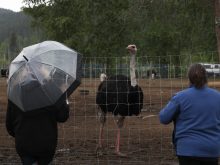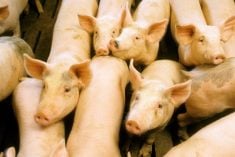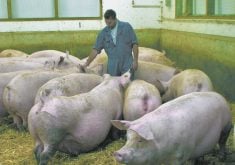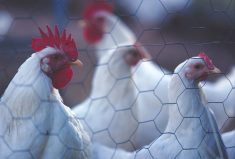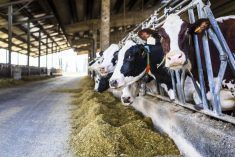Computer-based monitoring of social media posts could lead to early warnings about poultry disease outbreaks, according to work at the University of Guelph’s Department of Computer Sciences.
PhD candidate Samira Yousefi was the sole non-poultry specialist out of 10 University of Guelph students featured during the annual research day of the Poultry Industry Council (PIC).
Why it matters: Timing is critical when managing a disease so early warning systems are receiving more attention.
While other presenters tackled in-the-barn topics ranging from omega-3 fatty acids in the diet to the use of insect meal to replace soybean meal in poultry rations, Yousefi explained her success in creating “robot software” to identify and monitor posts related to avian influenza (AI) on the social media platform Twitter.
Read Also
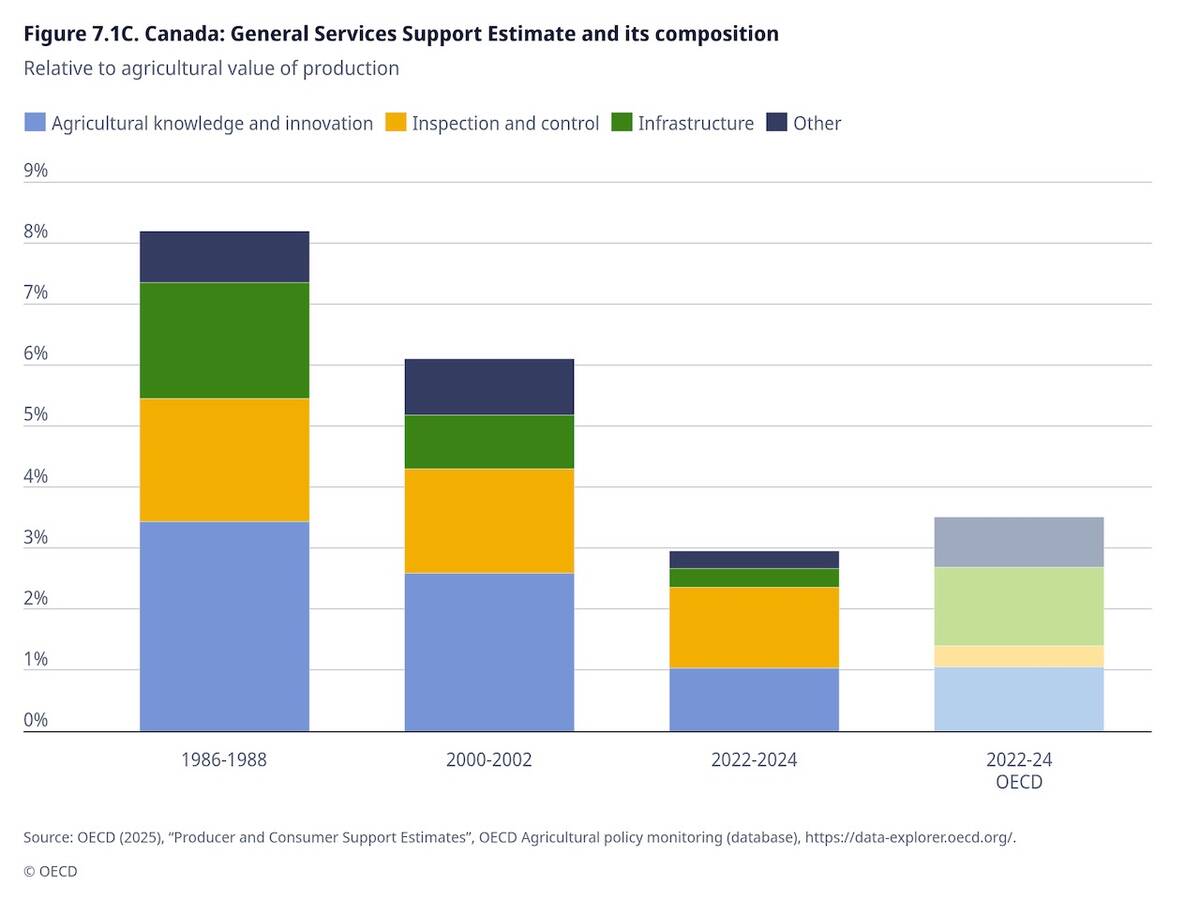
OECD lauds Canada’s low farm subsidies, criticizes supply management
The Organization for Economic Co-operation and Development lauded Canada’s low farm subsidies, criticized supply management in its global survey of farm support programs.
“When it comes to outbreak decisions, time plays a key role,” she said.
Her overall goal as she pursues her PhD is to create “a decision support framework to predict the risk of avian influenza outbreaks.”
Planned elements of the framework include a network-based simulation to mimic the spread of disease, accessing multiple data sources to forecast highly pathogenic avian influenza (HPAI) outbreaks globally, and using computer-generated reasoning to automatically suggest optimum actions based on the level of risk.
Yousefi told the PIC audience that, under traditional disease surveillance systems, decisions about severity and proper actions have generally come later than would be considered optimal.
Early work in her pursuit of the doctorate has seen her develop what she referred to as robot software to monitor and determine location for Twitter posts related to poultry disease. In one year, she reported, the program collected more than 200,000 posts, which ended up being linked to 58 different officially reported AI outbreaks in 21 countries.
That included some outbreaks in Canada, Yousefi told Farmtario following her presentation.
Some tweets captured by a prototype of the software were not related to an actual AI outbreak. Her example was a tweet entitled “bird flu dance”. (It’s true: search for it on Twitter to learn some new moves).
Through what she called “machine learning” over a period of time, the software she developed learned to identify only the tweets that were relevant.
Yousefi also studied patterns that existed between the Twitter posts and official disease outbreak reports, then used this to refine her software. Her aim was to enable the software to identify the subtype of AI referred to by the tweets.
In 47 of the 58 official outbreaks found through the tweets, she said the robot software correctly identified the subtype.
It also became apparent through cross-referencing the official reports and the tweets that “people tweet more about it when it’s more severe.” So she’s confident this program, when perfected, will also provide advance information about the severity of an outbreak.
In one third of the identified outbreaks, she concluded, tweets surged before the official notification.
“It definitely shows the potential of Twitter to be an early warning tool for poultry disease outbreaks,” Yousefi said.






